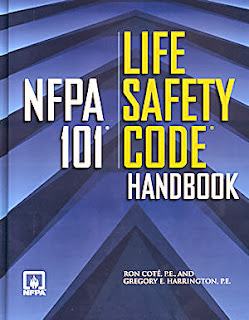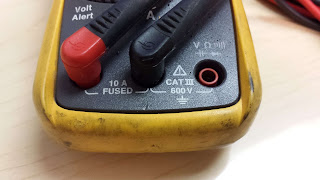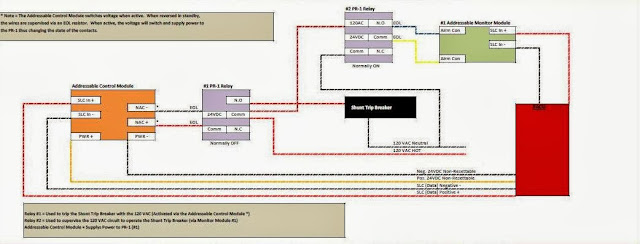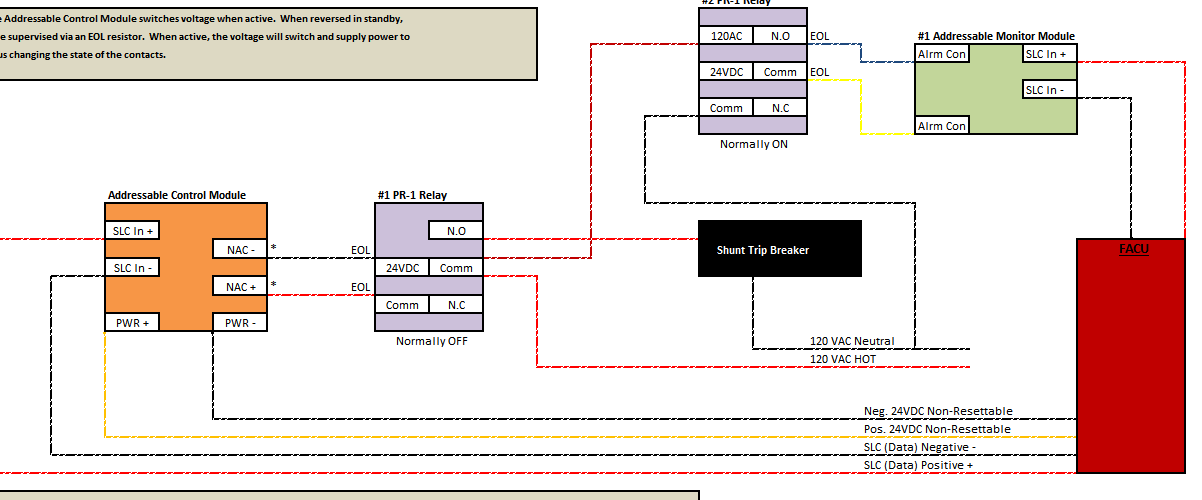Side note: Did you know that NFPA 72 is not a Code reference rather a Standard? Learn more in this article title Fire Alarm Codes vs. Standards.
I am sure seasoned fire alarm system designers have had this pounded into their heads by now but news flash, fire alarm notification signals are no longer the priority in some scenarios. We have always been taught that our occupant notification alert or evacuation messages were to take precedence over any other audio or tone. To an extent this is still correct including outputs such as Musak, Public Address or P.A., Concert or Performance Audio, etc. There are now and have been for some time, fire alarm systems incorporating additional features that make up what is known as Mass Notification. The alert tones, voice messages and canned message instructions of a mass notification system are to take priority over any fire alarm notification output. This was the reason behind the revision and extended title of NFPA 72. The National Fire Protection Association added the word "Signaling" to the title of NFPA 72 as well as chapter 24 covering Emergency Communication Systems (ECS). NFPA 72 does not cover every aspect of Mass Notification system design. If you are seeking additional information on the requirements of these systems, you will need to obtain a copy of the Unified Facilities Criteria (UFC) document titled "Design and O&M: Mass Notification Systems"
If you research the document above, you will become aware that Mass Notification adds a lot of new criteria to the design and engineering of a given fire alarm system, however this article will serve to inform readers on the importance of a term known as Voice Intelligibility. If you consult the Annex D of your 2013 NFPA 72 (starts on page 311) you will find all the information pertaining to voice intelligibility. Below we are going to touch on some of the important factors to keep in mind when up against a mass notification system that must meet specified voice intelligibility measurements.
- What exactly is voice intelligibility? Voice intelligibility is a measure of how comprehensible speech is in given conditions. Voice Intelligibility is affected by the quality of speech signal, the type and level of background noise, reverberation, and for speech over communication devices, the properties of the communication system. The concept of voice intelligibility is relevant to several fields, including phonetics, human factors, acoustical engineering and audiometry.
- In order to meet the criteria of NFPA 72 as well as the UFC, you will need to have what is known as a risk analysis drafted up by a fire protection engineer. A risk analysis is an individual plan for a specific facility. This plan includes a multitude of criteria based on potential risks and threats at the given facility. This risk analysis will breakdown segregated areas of the building and how to evacuate or hold occupants based on individual threatening scenarios. The risk analysis will also explain acoustically distinguishable spaces or ADS. As defined by NFPA 72 2016 D.2.3.1.1 - An acoustically distinguishable space can be an emergency communication system notification zone, or subdivision thereof, that can be enclosed or otherwise physically defined space, or that can be distinguishable from other spaces because of different acoustical, environmental, or use characteristics such as reverberation time and ambient sound pressure level. The ADS might have acoustical design features that are conductive for voice intelligibility, or it might be a space where voice intelligibility could be difficult or impossible to achieve.
- Once evacuation or staging areas of the facility are understood, we will need to design the audio potion of the mass notification system. This is where voice intelligibility comes into play. Keep in mind the differences between audibility levels (dB) and Voice Intelligibility. For lack of better terms, one defines the sound pressure and the other defines the clarity and comprehension of the audio. Just because you meet the intent of NFPA 72 chapter 18 in regards to dB levels does not mean you have accomplished an acceptable measurement of voice intelligibility.
- How do you measure voice intelligibility? Unlike the use of a dB meter for audibility, voice intelligibility is a little more tricky. There are two scales used to measure intelligibility. One is the CIS scale which stands for Common Intelligibility Scale and the other is STI or Speech Transmission Index. To acquire this reading you will need..... You guessed it, a Voice Intelligibility meter.
- What is a passing measurement for voice intelligibility? The voice intelligibility of an emergency communication system is considered acceptable if at least 90 percent of the measurement locations within each ADS have a measured STI of not less than 0.45 (0.65 CIS) and an average STI of not less than 0.50 (0.70 CIS). The measurement shall be taken from an elevation of 5 feet or any other elevation deemed appropriate based on occupancy. In areas of the facility where sound levels exceed 90 dB, it may be impossible to meet these voice intelligibility measurements. In these cases other methods such as LED signage, etc. may be used. For reference the STI scale can be converted to CIS via the following calculation: CIS = 1 + log (STI).


There are a ton of factors to take in when designing a mass notification system to meet the voice intelligibility requirements of NFPA 72 and the Unified Facilities Criteria. This article is meant to touch on the main points and get you going in the right direction.
If you are in the market for a dependable voice intelligibility meter, I highly recommend the VOX01 from SDi. This unit is compact, sturdy, very easy to use and comes packed with tons of features and abilities. Here is a direct link to SDi's webpage containing information on the VOX01. Below is a video of me revealing the VOX01 when it first came to market. Feel free to check it out and let us know if you have any questions.






















.jpg)

